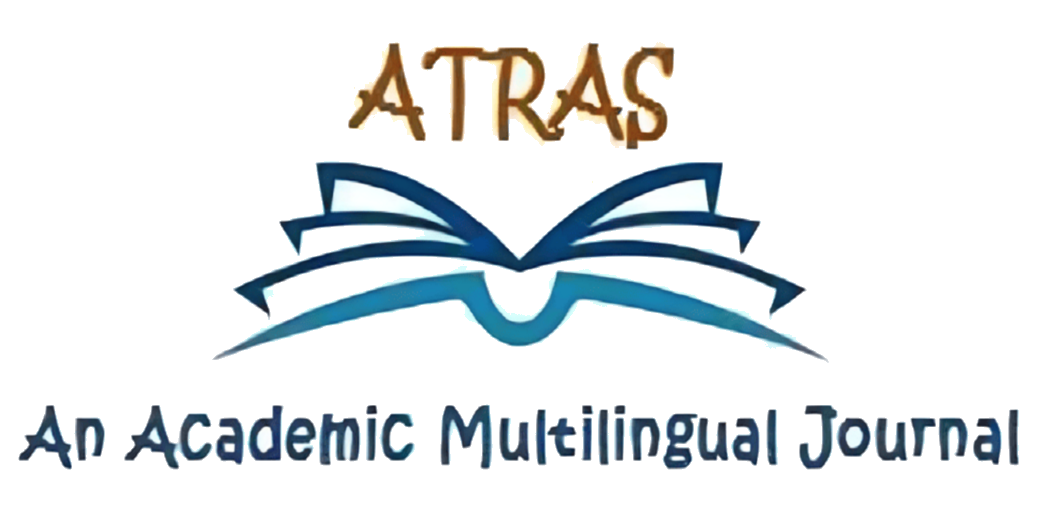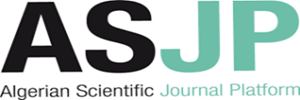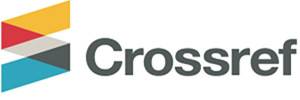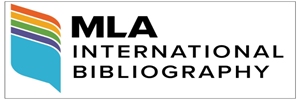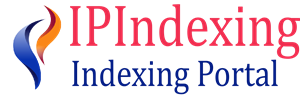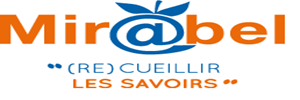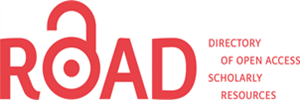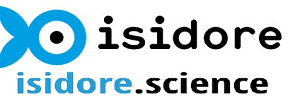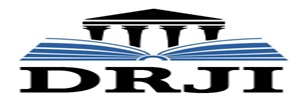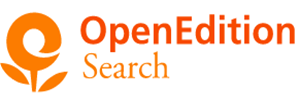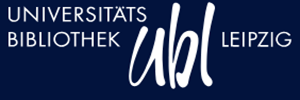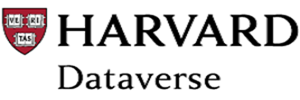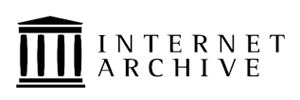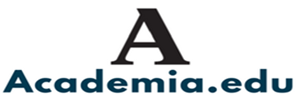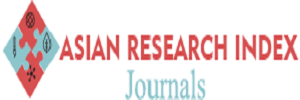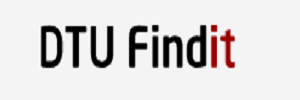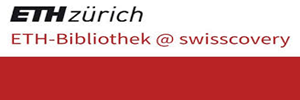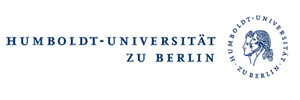Title: Pahariasan Endangered Language: Causes and Solutions
Muhammad Rizwan Mughal
English Scholar at the University of Azad Jammu and Kashmir Muzaffarabad Pakistan
Abstract
Language plays a vital role in communication and identity formation for a human community. So, the loss of a language has significant consequences for its speakers. An endangered language also stands to lose valuable cultural practices, oral histories, folk stories, poetry, and even art forms tied to the particular language. The world is facing a serious crisis of language loss that is becoming more and more serious with time. Most of the world’s languages are endangered and in the coming century, most of these endangered languages will become extinct. While keeping this phenomenon in mind, the present study aims to look at the different causes of the endangerment of the Pahari language spoken in Azad Jammu and Kashmir. The present study is significant as it highlights the issue of the endangerment of Pahari and the necessary steps to save it from complete extinction. The researcher is of the view that at present, Pahari is endangered. The methodology used in this study is qualitative. It is based on the interviews taken with 60 participants from three age groups. First, the researcher tries to locate the level of endangerment of Pahari and then the causes of its endangerment. In the final part, the researcher has also suggested some solutions to address and eradicate this issue to save the Pahari language from complete extinction.
Keywords:
Causes, documentation, endangerment, language, levels, solutions
How to Cite this Paper:
Mughal, M. R. (2023). Pahariasan Endangered Language: Causes and Solutions. Atras Journal, 4(2), 43-57
References
Himmelmann, N.P. (2008).Reproduction and preservation of linguistic knowledge: linguistics’ response to language endangerment. Annual review of anthropology, 37, 337-50.
Ladefoged, P. (1992). Another view of endangered languages. Language, 68, 809-811.
Lothers, M., & Lothers, L. (2010). Pahari and Pothwari: A Sociolinguistics Survey. Islamabad: Summer Institute of Linguistics.
Marino, B. J. (1983). Language loss in bilingual Chicano children. Journal of Applied Developmental Psychology, 4(3), 277–294.
Nettle, D., & Romaine, S. (2000). Vanishing voices. New York, New York: Oxford University Press, Inc.
Odlin, T. (1997). Hiberno-English: Pidgin, creole, or neither? Occasional Paper Center for Language and Communication Studies. Trinity College, Dublin
Torvali, Z. (2021).Preserving and Promoting Endangered Languages of Northern Pakistan in a Digital Age. In U. T. Haroon, I. Niazi, & S. Aneel. (Eds), Sustainable Development in a Digital Society, (pp.147-168) Sang-e-Meel Publishers
UNESCO. (2003). Intangible cultural heritage. Available athttp://portal. UNESCO.org/culture/en/ev.php. URL_ID=34325&URL_DO=DO_TOPIC&URL_SECTION=201.html. (1 October 2009).
Woodbury, A. C. (2014). What Is an Endangered Language? | Linguistic Society of America. https://www.linguisticsociety.org/content/what-endangered-Language.

Copyright for all articles published in ATRAS belongs to the author. The authors also grant permission to the publisher to publish, reproduce, distribute, and transmit the articles. ATRAS publishes accepted papers under the Creative Commons Attribution-NonCommercial 4.0 International (CC BY-NC 4.0) License. Authors submitting papers for publication in ATRAS agree to apply the CC BY-NC 4.0 license to their work. For non-commercial purposes, anyone may copy, redistribute material, remix, transform, and construct material in any media or format, provided that the terms of the license are observed and the original source is properly cited.
